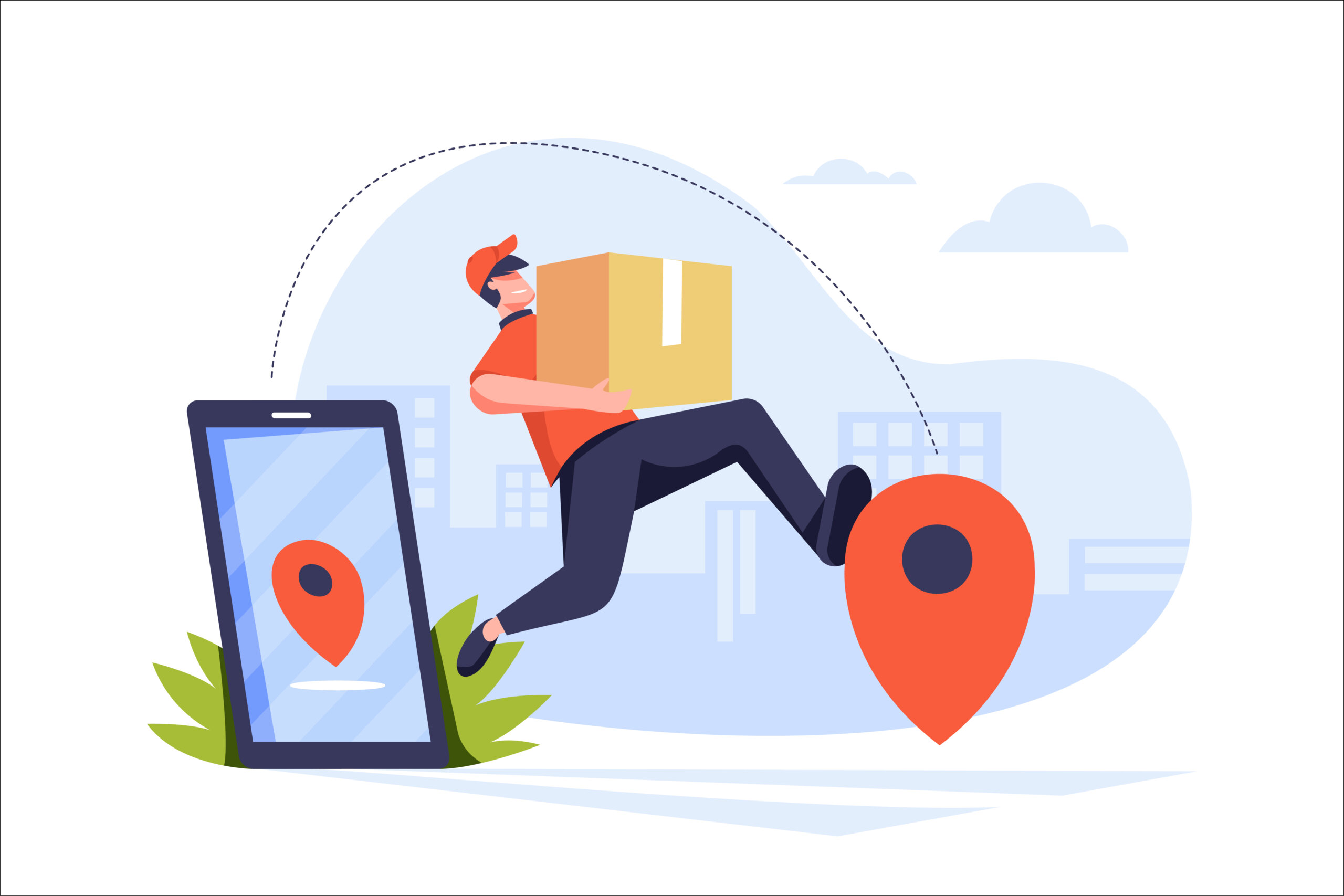India’s logistics industry is booming — driven by rapid e-commerce growth, infrastructure development, and the…
Quick commerce (q-commerce) is an ultra-fast retail model focused on delivering small quantities of essentials—like groceries and household items—to consumers within a rapid timeframe, typically from 10 to 60 minutes. Unlike traditional e-commerce, which may take a day or more, quick commerce leverages micro-fulfillment centers (“dark stores”) and technology-driven logistics for immediate delivery in urban areas.

How Quick Commerce Works
Q-commerce is powered by three major components:
- Micro-warehouses (Dark Stores): Small storage units located within cities to store popular items.
- AI & Predictive Technology: Algorithms track demand, optimize routes, and manage real-time inventory.
- Hyperlocal Delivery Network: Delivery partners positioned within short distances to ensure lightning-fast dispatch.
Together, these create a seamless ecosystem that ensures customers receive their orders faster than ever.
Quick Commerce Trends in India
India’s quick commerce industry is booming. The sector is projected to reach $5.5 billion by 2025, with rapid expansion into tier-2 and tier-3 cities. Major platforms like Blinkit, Zepto, Swiggy Instamart, and Flipkart Minutes are driving change, seeing significant increases in order volumes. Quick commerce relies on dark stores for local storage, enabling 10–30 minute deliveries in major cities. Increasing smartphone penetration and post-pandemic consumer behaviors further fuel demand.
Why Quick Commerce is the Future of Retail
Quick Commerce isn’t just about speed — it’s about meeting new-age consumer expectations.
Key benefits include:
- Instant Gratification: Consumers get products within minutes.
- Convenience: No need for store visits or long delivery waits.
- Smarter Inventory Management: Retailers minimize waste using real-time demand data.
- Higher Customer Retention: Fast, reliable service keeps customers loyal.
Challenges Facing Quick Commerce
Despite its success, Q-commerce also faces challenges:
- Operational Costs: Maintaining dark stores and fleets can be expensive.
- Sustainability Concerns: Fast deliveries can increase carbon emissions.
- Profitability: High competition makes consistent profits difficult.
Companies are now exploring EV delivery fleets, AI-based demand control, and local partnerships to overcome these issues.
AI in Quick Commerce: Enabling Smart, Fast Retail
Artificial intelligence is the backbone of modern quick commerce, powering both operational efficiency and customer experience:
- Real-Time Inventory Management: AI tracks and predicts inventory levels based on historic sales, local events, and even weather conditions, minimizing stockouts and excess stock.
- Demand Forecasting: AI systems analyze sales trends, external signals, and seasonal patterns to replenish stock proactively, reducing missed sales and spoilage.
- Smart Routing and Delivery Prediction: AI calculates the fastest routes using real-time traffic and weather data, improving delivery speed and ETA accuracy.
- Personalized Experiences: AI-driven product recommendations and promotions increase basket size and order frequency, boosting retention.
- Cost and Sustainability: Automation in routing, labor allocation, and demand prediction cuts operational costs, minimizes waste, and supports greener logistics.
Fraud Mitigation: AI detects anomalies in purchase patterns, helping prevent transactional fraud on quick commerce platforms.
